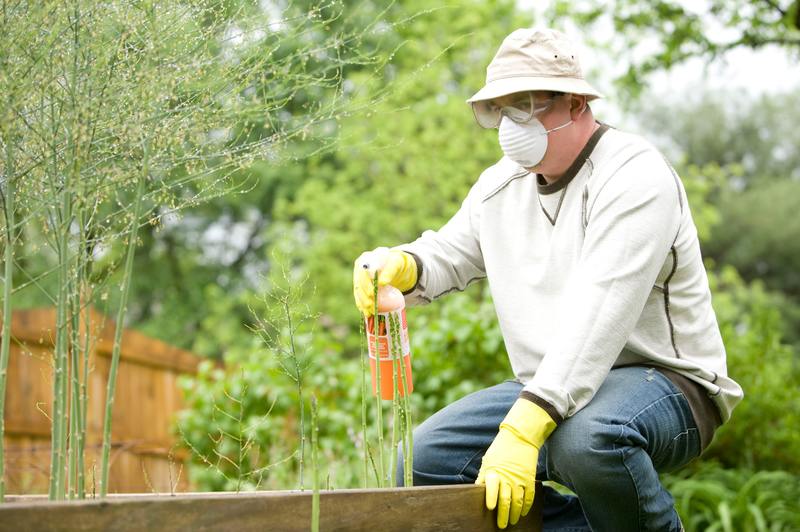Whether you have asked for a professional’s assistance or are planning to do it on your own, it’s best to know what not to do after outdoor pest control. It can help decrease the risks of interrupting the effectiveness of pest control.
The best way to deal with pest problems is by knowing what you can and can’t do. Proceed to read so you can understand more.

Defining Pest Control
Pest is a creature that is detrimental to the health of people, pets, things, or plants. Some carry diseases, while others cause physical damage to their surroundings.
Deterring those creatures from flourishing is what pest control is. It is essential to protect farmers’ crops, prevent diseases, and keep a place intact.
You can do pest management independently or by hiring a professional’s assistance. There are various guides through the internet that can help you eliminate pests, but if you’re facing a more extensive size and level of infestation, it’s best to leave it to the professionals.
Learn more by visiting this article about what is pest control.
Here is the most commonly used method for controlling pests:
Method #1. Biological pest control
This method uses predators harmful to pests. One can do it by introducing and establishing a permanent inhabitant of natural foes of problems in your area.
Method #2. Chemical pest control
It makes use of pesticides that can exterminate pests. There are various modes of action done by chemicals to clear pests; some take action upon contact, others take effect after consumption, and others work like vapor.
Method #3. Cultural pest control
The cultural method uses techniques that can alter pests’ environment to hinder them. An example of this is choosing a resistant crop or can repel pests and rotating crops that you plant.
Method #4. Physical pest control
Makes traps, barriers, nets, shields, and other mechanical gadgets that oppose pests. The use of fire, firearms, and temperature control can also be effective against pests.
See this article regarding the methods of pest control in agriculture to know more about the four methods mentioned above.
Outdoor Pest Control Tips
It’s best to know what to do next in advance so that after professionals accomplish outdoor pest control, you know what you can’t do. Here is a compilation of tips on what you can’t do:
- Don’t ignore the instructions that professionals gave to you beforehand.
- If you were requested to vacate the place during the treatment, they probably told you when you could come back; following what they said, it’s always better to wait it out than suffer a setback.
- If you used a spray on your own to do the pest management, don’t immediately clean it up; wait for a while and let it dry naturally.
- There’s no need to clean up immediately right after because it may affect the treatment the professionals have given. Rest assured, professionals would clean and tidy the place up on their own after they were done; you can resume the cleaning after 3-5 days.
- Don’t rely only on the professionals; it’s best to monitor the pests on your own after a few days since the treatment so that you can immediately report it and get it done.
- If you have pets, don’t let them out for a few days, or let them live with your family or friends’ house for a while to ensure their safety.
- Don’t casually touch items outside. Wear gloves if you need to.
For further information, visit this article about what to expect after pest control treatment.
What You Can’t Do
Here is what you can’t do if you did the pest control outdoors by yourself:
- Don’t use the same product outdoors to your indoors.
- Don’t assume that using twice as much would be more effective; if the instruction on the label said to use it once, then follow it.
- Don’t store leftover pesticides in another container; it’s best to keep them in their original container.
- Please don’t neglect the pesticide containers, correctly dispose of this by following the instructions.
- Don’t recycle empty containers of pesticides you used because no matter how much you washed them, residues would be left there that can harm you and others.
You may also want to know what is the best outdoor pest control.
What You Can Do
After knowing what you can’t do after a pest control treatment, it’s time to proceed with knowing what you can do. You may heed to the following:
- Monitor your health. Although a slight possibility, you may still get symptoms like burning eyes, cough, and difficulty in breathing.
- Pick up garbage and adequately dispose of it; also, make sure to wear gloves and a mask to protect yourself.
- Repair cracks, holes, vent openings, and space between the door to floor or roof to the attic.
- Clean up wood clutters and piles of leaves.
- Check your outdoor furniture. After a few hours, you can clean the residue of pesticides that may have stuck to it.
Conclusion
In conclusion, post-pest control treatment is likewise essential. The advice found in this article about what not to do after outdoor pest control is something you should note.
If you have a professional’s aid, then you’ll indeed be instructed too on what you can and can’t do after the treatment; if not, and you’re doing it on your own, then you should be reading this article.
Hopefully, the article was clear and concise enough to help you.
